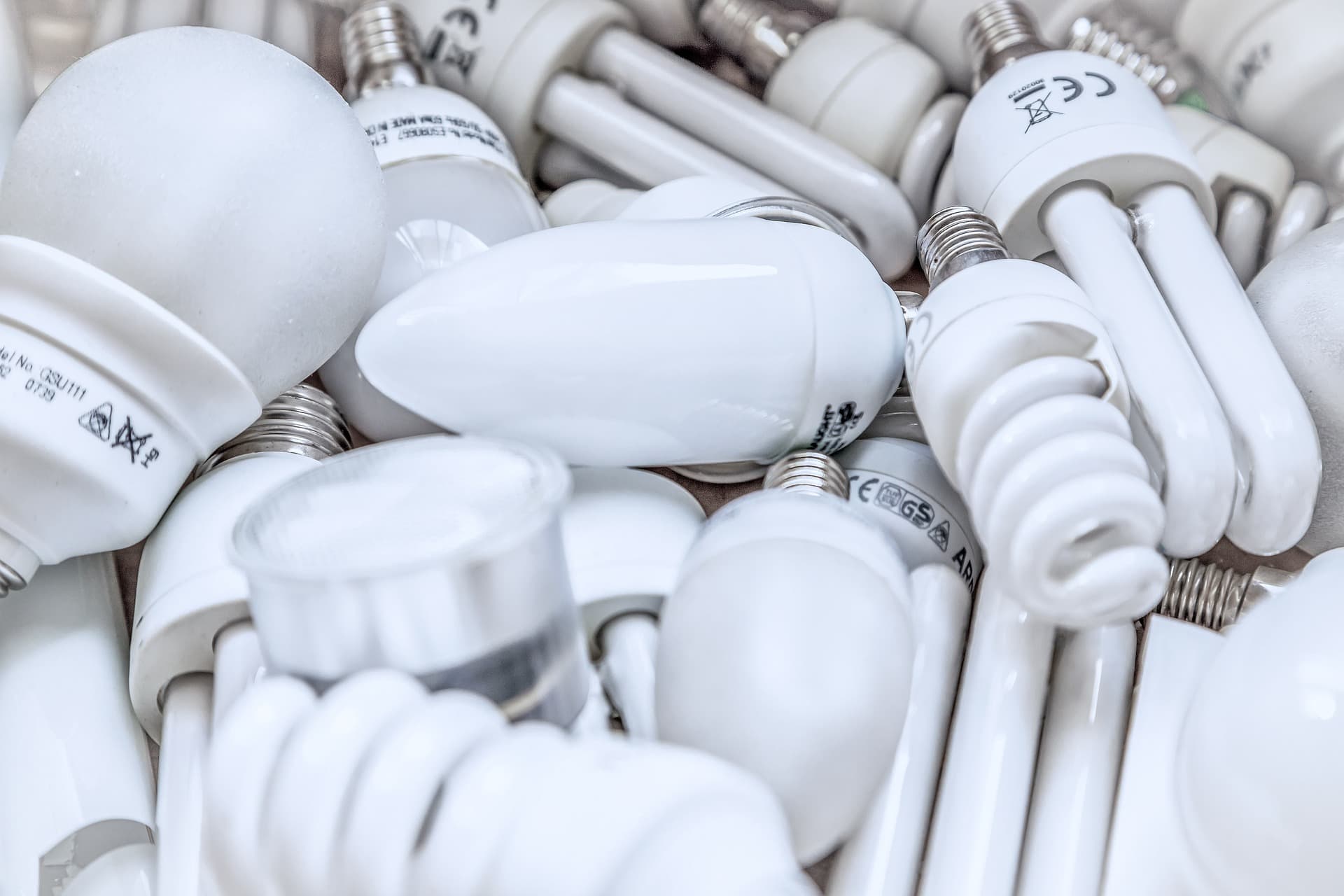With the upcoming turn of the year, there are also innovations in lighting. In 2023, the “energy-saving lamp” will share the same fate as the normal incandescent bulb a few years ago: Its introduction onto the market will be banned.
The “energy-saving lamp” once set out to replace the incandescent lamp – less power consumption was the goal. Its advantage: due to a better conversion of electricity into light, the energy-saving lamp became less warm, which reduced energy consumption accordingly.
However, many consumers became “less warm” to the new type of lamp and there were real hoarding purchases of incandescent lamps shortly before the sales ban.
One reason for this was that with the mercury material used, not only was disposal problematic, but problems could also arise in operation if a lamp broke.
In the meantime, there are much better alternatives to the “energy-saving lamp”, not only in terms of light quality and energy consumption – but especially with regard to the toxic components built into the energy-saving lamp. Consequently, energy-saving lamps are now being withdrawn from the market.
Everything you need to know about the abolition of the energy-saving lamp and especially about the better alternatives is summarised below in six points:
Why is 2023 the Last Year for the Energy-Saving Lamp?
The energy-saving lamp has made a significant contribution to reducing global electricity consumption in recent years. However, the technology has evolved in recent years and there are now more energy-efficient alternatives that no longer have the disadvantages of energy-saving lamps (e.g. the lower luminous efficacy and high costs).
Therefore, the production of energy-saving lamps will be discontinued in 2023. There are various energy-efficient alternatives to conventional light bulbs that are already on the market or will be available in the coming years.
These include LED lamps, induction lamps and so-called sodium vapour lamps. These new types of lamps are more expensive than conventional light bulbs, but they save significantly more energy and have a longer life, so the investment in these technologies usually pays for itself within a few years.
How Has the Technology Changed Over Time?
Over time, the technology of energy-saving lamps has improved greatly. Initially, they were manufactured as incandescent lamps with a protective layer of mercury vapour. This layer reflects some of the light, so it takes a bit for the lamp to reach its full brightness.
In the 1990s, CFL lamps (Compact Fluorescent Lamp) were developed, which have a higher energy efficiency. They consist of a small tube containing mercury vapour. By applying a high voltage to the tube, the mercury is ionised and produces ultraviolet light. This light hits a phosphor layer inside the lamp, which converts it into visible light.
LED (Light Emitting Diodes) lamps are the latest generation of energy-saving lamps. They are extremely energy-efficient and have a very long lifespan. LEDs consist of small semiconductor diodes that produce light when an electric current flows through them.
What Alternatives Are Now Available?
Most people in Germany will ask themselves what they should do now. Many will wonder if there is not a way to continue using the energy-saving lamp. Unfortunately the answer is no. There is no way to continue using this type of lamp. The only option is to switch to another type of lighting.
But there are many ways to replace the energy-saving lamp. The first and most common method is LED lighting. This type of lighting is very energy efficient and low in consumption. In addition, there are many different types of LED lamps that are suitable for different purposes. For example, there are ceiling lamps with LEDs, table lamps with LEDs and many other variants.
What advantages do LED lamps offer over conventional energy-saving lamps?
LED lamps are an improvement over conventional energy-saving lamps in many ways. First of all, they consume much less electricity. This also reduces the annual cost of lighting. In addition, LED lamps last much longer than conventional energy-saving lamps. Most LED lamps have a service life of up to 25,000 hours! This corresponds to about 15 years of use – with daily usage! During this time, conventional energy-saving lamps already have to be replaced at least three times.
What Can You Do Now to Switch to LED Lamps and Make a Contribution to Reducing Your Ecological Footprint?
Anyone who wants to switch to LED light sources should first find out which light sources are best suited to their needs. For this it is important to find the right wattage for your lighting. LED lamps come in different wattages and depending on the type of lighting you need them for, you should choose the right wattage.
Another important factor when choosing an LED bulb is the colour temperature. Most LED bulbs have a cooler colour temperature of 3000 Kelvin or 4000 Kelvin. This cooler colour temperature is ideal for use in offices or other business areas where the aim is to emit as much light as possible at a single impact.
For other areas where the aim is to be more calming or relaxing, a warm colour temperature of 2700 Kelvin or 3000 Kelvin is more suitable. So if you are looking for the perfect LED bulb for your lighting, you should first consider what type of lighting you need and what temperature is best for it.
Why is it Important to be Prepared for the Change from Conventional Lamps to LED Lamps?
The energy-saving lamp will no longer be produced from 2023 on. This means that fewer and fewer conventional lamps will be available in the coming years. Since LED lamps last significantly longer and are much more energy-efficient, it is recommended to prepare for the change now.



